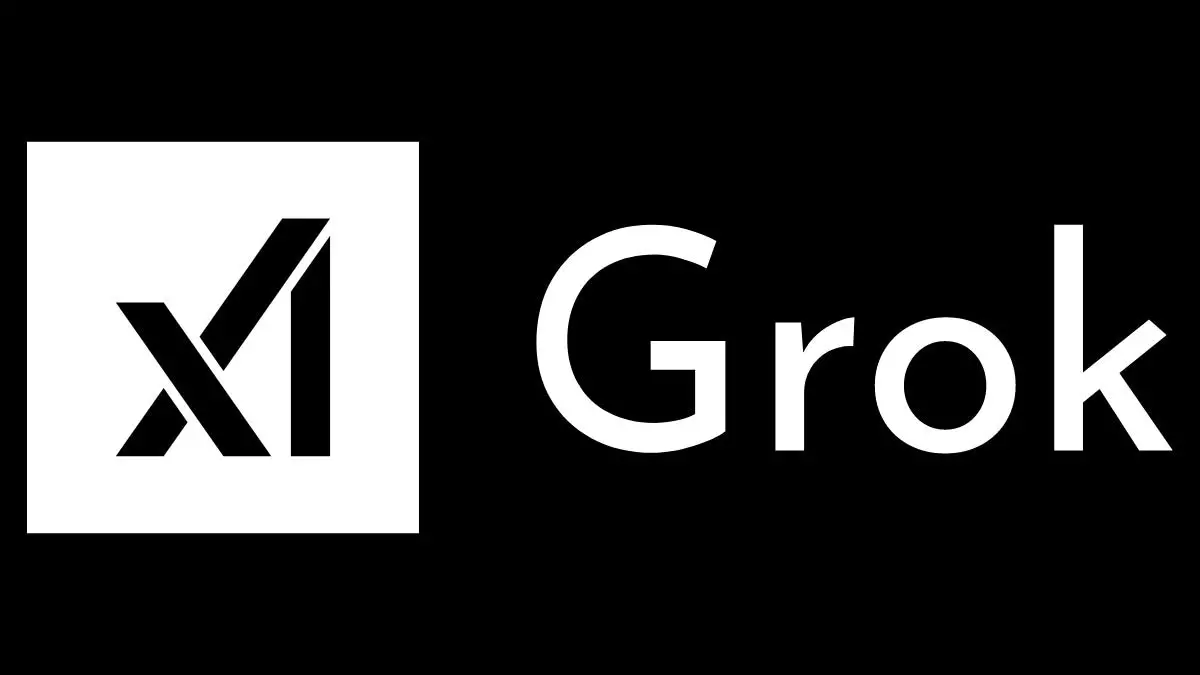The unveiling of new technology often comes with excitement and curiosity, and the recent reveal of the Aurora image generation model by Elon Musk’s xAI firm fits this narrative perfectly. This sudden entry into the AI landscape, however, took an unexpected turn just hours after its debut, inviting speculation and questions regarding its functionality and oversight mechanisms.
On a seemingly ordinary Saturday, Musk’s xAI introduced the Aurora model – a new artificial intelligence image generator that quickly caught the attention of users on the X platform, formerly known as Twitter. Unlike another tool called Flux, which was developed externally by Black Forest Labs, Aurora was confirmed to be an internal creation. Yet, the lack of a formal launch announcement from xAI raises eyebrows about their strategic communication and engagement with users.
Initial reports indicated users could select the Aurora model from the Grok interface, with many showcasing images generated by this tool. It appeared to focus heavily on photo realism, hinting at advanced capabilities in blending creativity with authenticity. Musk, when addressing the excitement surrounding Aurora on the platform, indicated that while it is still in beta, improvements are expected quickly. This positioning implies a commitment to iterating based on user feedback and technological advancements—a promising narrative for an emerging AI model.
However, within hours of its launch, reports began surfacing that users were unable to access Aurora. Speculation flourished as to whether this was a deliberate removal due to concerns over the model’s capabilities, particularly regarding generating images of public figures and copyrighted characters. The images created included portrayals of well-known personalities, leading to immediate concerns about the ethical implications of such technology.
The situation escalated when allegations emerged suggesting that these images were potentially misleading, depicting controversial scenarios—one stark example being an image allegedly generated of Donald Trump with a bleeding face. The immediate backlash prompted questions around the adequacy of the model’s ethical guardrails. In this evolving landscape, where AI’s impact on media, representation, and public perception is profound, the fear of misuse looms large.
With the swift withdrawal of Aurora, a cloud of mystery envelops the specifics of its creation. The absence of detailed information regarding its model architecture, data training methods, and whether third-party collaborations were involved is concerning. In a space where transparency is paramount, particularly given the potential for misuse, the quiet launch of Aurora raises critical questions about accountability in AI development.
AI models thrive on credible data sources and rigorous training methodologies. The lack of clarity regarding the datasets used for training Aurora means it is impossible for users and developers to fully understand its capabilities and limitations. This omission is troubling in a field where each decision can have far-reaching consequences for both creators and consumers.
The premature exposure of Aurora highlights a larger issue in the AI sector: the balance between innovation and responsibility. Musk’s firms are known for pushing the boundaries of technology; however, with cutting-edge models like Aurora, the stakes are higher. This incident echoes ongoing debates about the socio-political ramifications of AI, especially when it comes to creating hyper-realistic images that blur the lines between reality and fiction.
The community’s response to Aurora’s hasty introduction may serve as a crucial learning opportunity for xAI and other entities navigating similar waters. As AI tools increasingly infiltrate different sectors, establishing stringent ethical guidelines and operational transparency will become essential to pave a responsible path forward.
The experience surrounding Aurora serves as a critical reminder that with technological advancement comes the necessity for enhanced oversight. As the AI landscape continues to evolve, the imperative for ethical considerations, effective communication, and user engagement must be at the forefront of innovation. Musk’s venture could transform the industry, but it is the adherence to responsible practices that will ultimately define its success and legacy in the field of artificial intelligence.

